
views
- Press ⌘ Command+⇧ Shift+3 to immediately take a screenshot of the entire screen.
- Press ⌘ Command+⇧ Shift+4 to capture just a portion of the screen.
- Press ⌘ Command+⇧ Shift+4 then spacebar to capture a window or menu.
- Press ⌘ Command+⇧ Shift+5 to open the built-in Screenshot app on macOS Mojave and later.
Capture the Entire Screen

Make sure your screen displays exactly what you want to show in your screenshot image. Ensure all the relevant windows are visible.
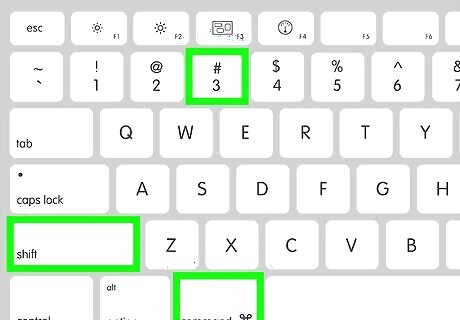
Press ⌘ Command+⇧ Shift+3. This keyboard shortcut takes a screenshot of everything on your screen. If your sound is on, your computer should make a brief camera shutter noise.

Find your screenshot on your desktop. It will be a .png file named "Screen Shot" labeled with the date and time. Earlier versions of OS X will save it as "Picture #"—for example, if it's the 5th screenshot on your desktop it will be labeled "Picture 5".
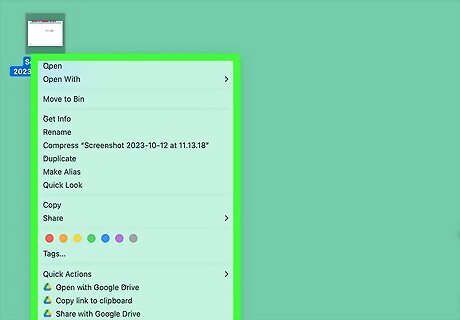
Use the screenshot. Once you have taken your screenshots, they are now ready to be used as needed. You can attach them to an email, upload them to the Web, or even drag them straight into an application such as a word processor.
Screenshot a Portion of Your Screen
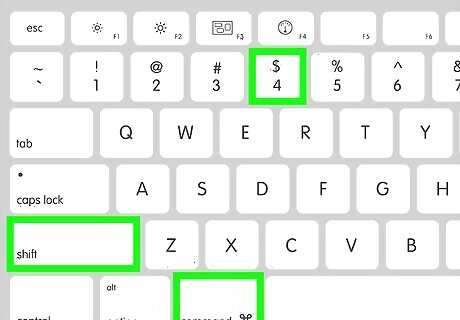
Press ⌘ Command+⇧ Shift+4. Your cursor will turn into a small crosshair reticle.

Click and drag your cursor to highlight the area you'd like to take a picture of. A gray rectangle should appear where you drag your cursor. If you need to adjust your windows at all, press Escape to return to a regular cursor without taking a picture.
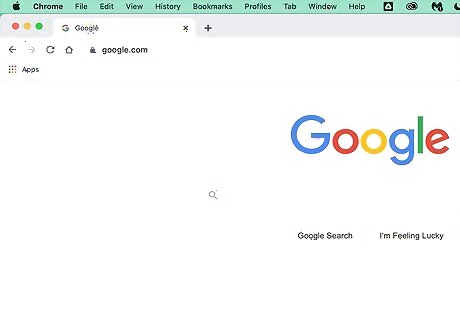
Let go of the mouse. You should hear a brief camera shutter noise if your computer's sound is turned on. That signals that your screenshot has been taken.
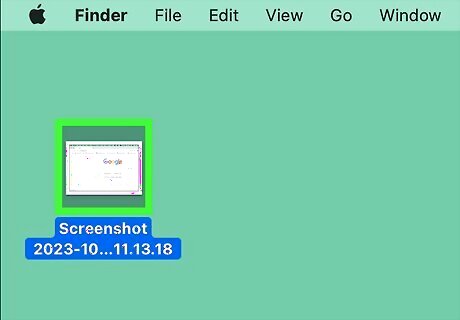
Find your screenshot on your desktop. It will be a .png file named "Screen Shot" labeled with the date and time. Earlier versions of OS X will save it as "Picture #"—for example, if it's the 5th screenshot on your desktop it will be labeled as "Picture 5".
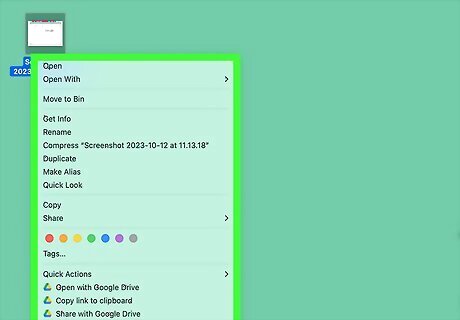
Use the screenshot. Once you have taken your screenshots, they are now ready to be used as needed. You can attach them to an email, upload them to the Web, or even drag them straight into an application such as a word processor.
Capture an Open Window

Press ⌘ Command+⇧ Shift+4 then press the spacebar. The cursor will turn into a small camera.
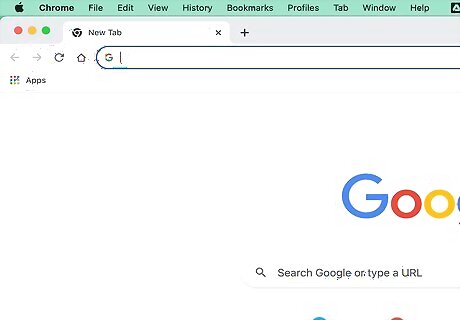
Move your cursor over the window you want to capture. The camera will highlight different windows blue as it moves over them. You can use keyboard commands such as ⌘ Command+Tab ↹ to alternate through your windows while still in this mode.
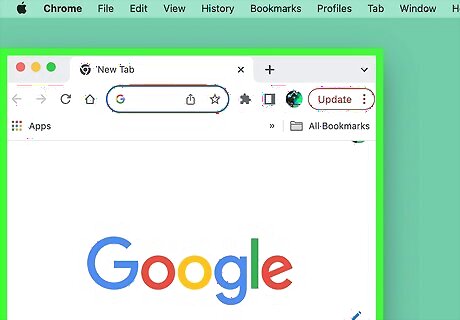
Click on the window. The picture of the window you selected will be saved to the desktop by default just like the other screenshot methods.

Find your screenshot on your desktop. It will be a .png file named "Screen Shot" labeled with the date and time.
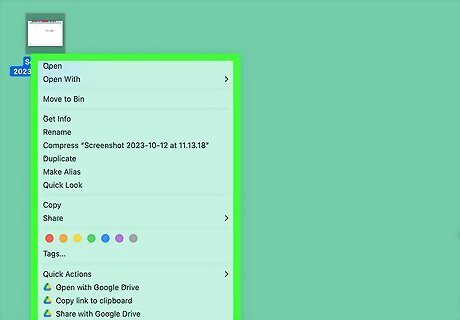
Use the screenshot. Once you have taken your screenshots, they are now ready to be used as needed. You can attach them to an email, upload them to the Web, or even drag them straight into an application such as a word processor. After you’re done taking screenshots, check out how to delete cookies on your Mac.
Save a Screenshot to the Clipboard
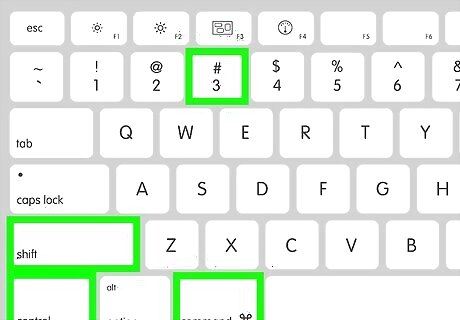
Press ⌘ Command+Control+⇧ Shift+3. This method works exactly the same as the one above, except the screenshot does not immediately create a file. Instead, the image is saved to the clipboard, the same temporary storage area where your computer remembers the text that you have copied. You can also take a portion screenshot with this method using ⌘ Command+Control+⇧ Shift+4 and dragging your reticle over the appropriate part of your screen, exactly as the portion screenshot method.
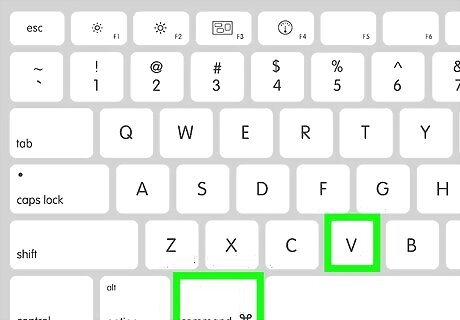
Use ⌘ Command+V to paste your image. Your screenshot image can be pasted straight into any compatible application, such as a Word document, an image editing program, and many email services. You can also use Edit > Paste in the menu bar. Next, check out how to view your web browser history on your Mac.
Use the Screenshot App (Mojave and Later)

Press ⌘ Command+⇧ Shift+5. This opens Mac’s built-in Screenshot app. A small gray menu of screenshot tools will appear. This app can take screenshots of the entire screen, a portion of the screen, and individual windows. You can also choose to set a timer and include the cursor. The app also allows you to record your screen.

Select a tool. Click the tool you want to use for taking a screenshot. Here are your options: Capture the entire screen Capture a window Capture a portion of the screen Record the entire screen Record a portion of the screen

Click Options. Here, you can set a timer, show the cursor in the screenshot, and indicate where you want to save the screenshot.

Click Capture. This will take a screenshot of the entire screen or the portion you’ve selected. To capture a window, click the window on the screen while using the window tool.
Use the Grab Utility Tool (High Sierra and Earlier)

Go to Applications > Utilities > Grab. This opens the Grab Utility Tool application. You will see the menus shown in the upper left of your screen, but no windows will open. This tool has been replaced by the Screenshot app in later versions of macOS.
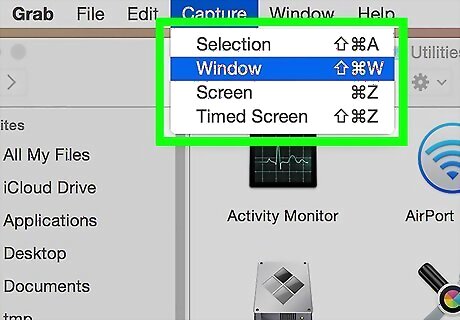
Click the Capture menu and choose from the four different options. To take a picture of your entire screen, click Screen. A window will pop up telling you where to click and letting you know that the window will not appear in the shot. To take a picture of a portion of your screen, click Selection. A window will pop up instructing you to drag your mouse over the portion of your screen you'd like to capture. To take a picture of a specific window, select Window. Then, click on the window you'd like to take a picture of.
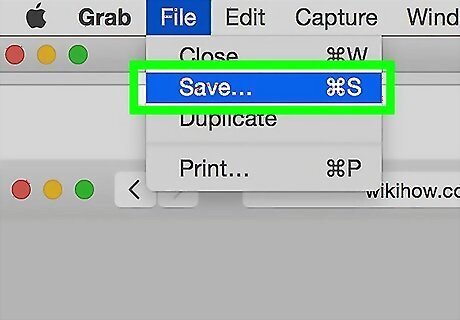
When the new window opens, choose Save. You can also choose Save As to give it a different name and/or move it to a more appropriate location, but note that it can only be saved as a .tiff file. Note that the file is not automatically saved.















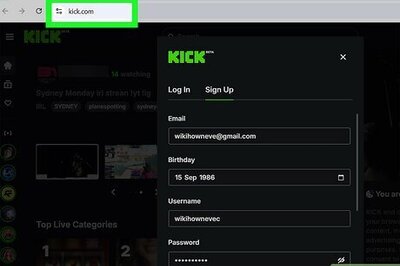
Comments
0 comment